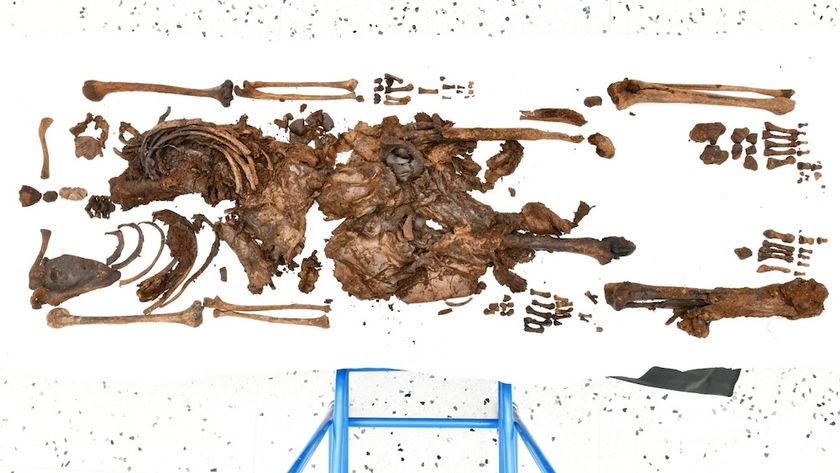Virtual Sleuths to Unmask Online Villains

Nasty Internet bots can impersonate humans to tirelessly win money in online poker games or talk unwary chat users into clicking on "click fraud" links. But weeding out such devious artificial intelligence isn't as easy as spotting Agent Smith in his dark suit, tie and sunglasses from "The Matrix." Instead, researchers may turn to the same software that can recognize the faces of suspected terrorists or pick out suspicious behavior in the real world.
Such online tools could create a "biometrics for the virtual world," said Roman Yampolskiy, a computer scientist at the University of Louisville in Kentucky. He and his colleagues envision a future where software can identify bots and humans based on anything from their poker-playing strategies to the appearance of their virtual avatars in games such as "Second Life."
"We have software for data collection, avatar detection and avatar face recognition," Yampolskiy said. "All are experimental and need to be improved in their accuracy and ease of use. We have also begun work on chat bot vocabulary profiling, artificial voice identification, etc."
One of Yampolskiy's earlier projects led to software that could identify individual bots or humans based on the strategies of online poker players, so that it could screen out the bots and even catch cheating human players who owned multiple accounts. Such computer-driven behavioral profiling might even help the FBI identify and track rogue hackers.
But virtual biometrics could do much more than track down bots, cheaters and cybercriminals. It could also enable businesses to monitor the behaviors of consumers who play casual Facebook games such as "Farmville" or post frequent reviews on eBay or Amazon.com. Marketers might even use the behavioral profiles to target specific consumer groups, such as teenage males or middle-age women.
Many businesses behind online game worlds and e-commerce websites already have their own in-house capabilities to track the individuals using their services. Yet Yampolskiy hopes future profiling tools based on appearance and behavior can give outsiders a peek, or even help track an individual across different websites or games.
The researchers have begun working with avatar faces from online games such as "Second Life" to refine their facial recognition analysis. That may someday help identify the actual people behind avatars — especially if new 3-D scanning techniques make it easier to create avatars that more resemble real people.
Sign up for the Live Science daily newsletter now
Get the world’s most fascinating discoveries delivered straight to your inbox.
"Current state-of-the-art literature in psychology makes us believe that, for at least a subset of users, there is a strong correspondence between the person and his virtual persona," Yampolskiy told InnovationNewsDaily.
For now, Yampolskiy and his team have more modest goals of helping blind or visually impaired people better navigate virtual worlds. Their facial recognition software might someday announce a physical description of the virtual avatars such users encounter in games or other online settings. But more advanced profiling of virtual avatars could soon follow.
"Basic systems may appear within a year or two, with a comprehensive combined visual/behavioral system taking about five years," Yampolskiy said. "Typically, predictions of research developments overestimate time for easy problems and underestimate time for hard ones."
This story was provided by InnovationNewsDaily, a sister site to Live Science. You can follow InnovationNewsDaily senior writer Jeremy Hsu on Twitter @ScienceHsu. Follow InnovationNewsDaily on Twitter @News_Innovation, or on Facebook.



